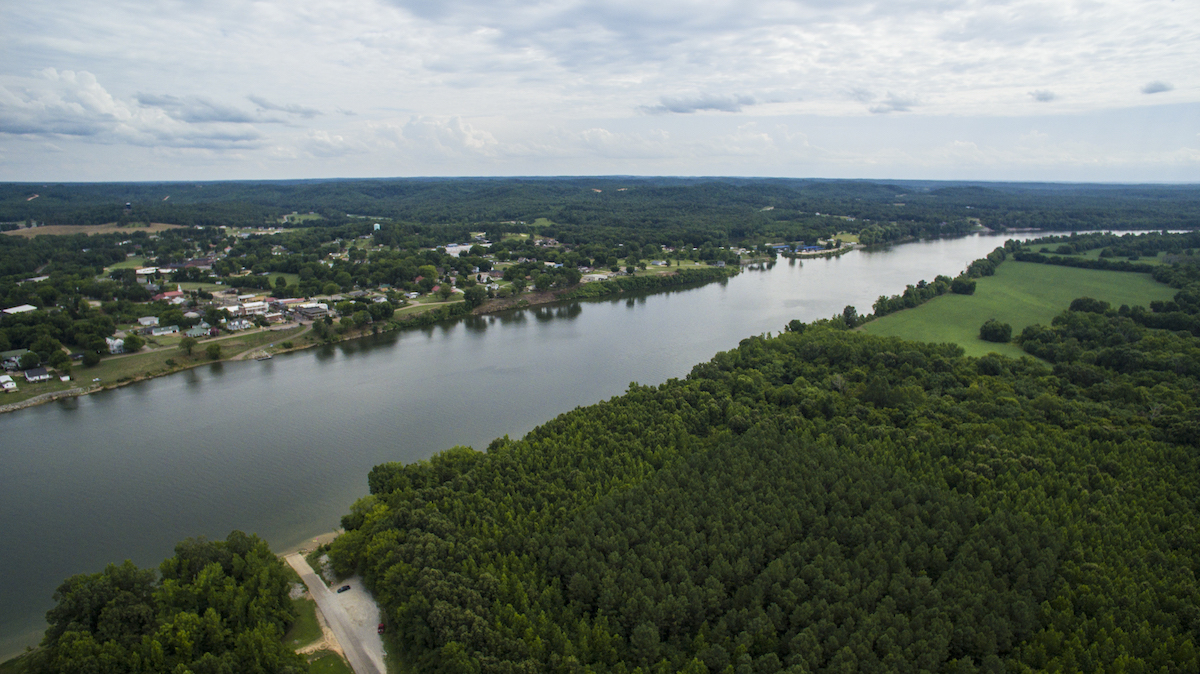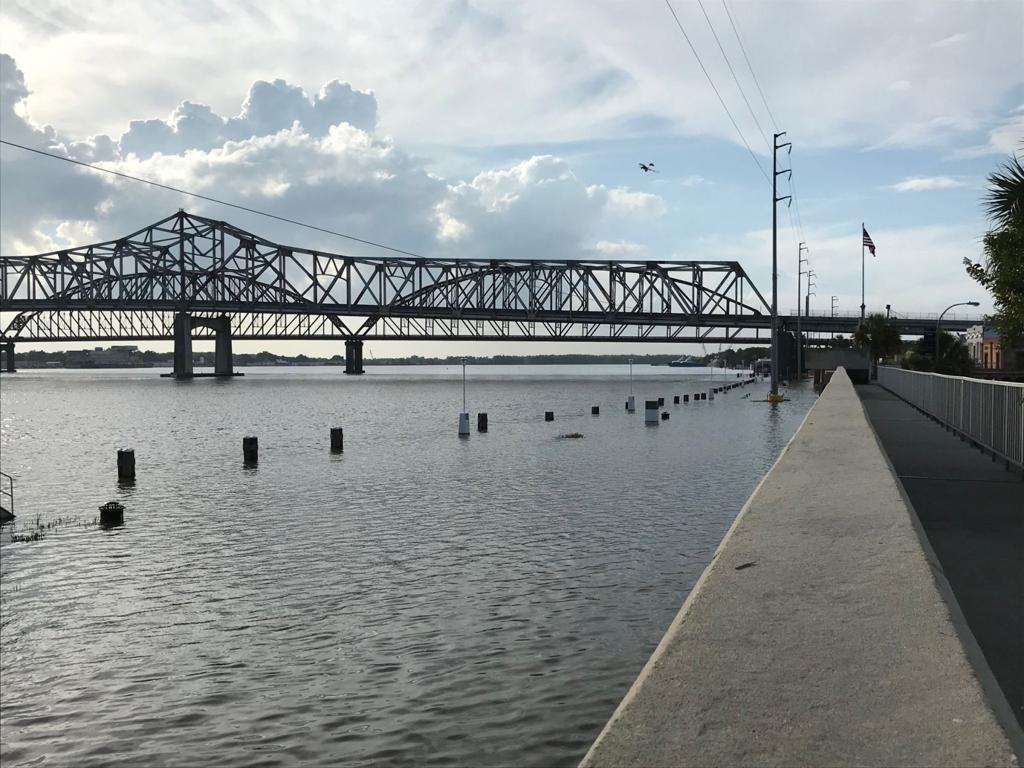Tennessee River

The Tennessee River, a sinuous watercourse winding through the heart of the Southeast, is more than a geographic feature. It is a cultural conduit, carrying the narratives of indigenous peoples, early settlers, and modern communities. Join us on a journey as we delve into the multifaceted reasons why the Tennessee River holds profound cultural importance, weaving a rich tapestry that connects past, present, and future.
Introduction
The Tennessee River, with its meandering course through seven states, has played a pivotal role in shaping the cultural landscape of the region. It is the Ohio River’s largest tributary in the north. Its waters have witnessed the rise and fall of civilizations, the ebb and flow of history, and the continuous evolution of diverse communities. In this exploration, we navigate the cultural currents that have made the Tennessee River not just a waterway but a living repository of heritage.
Indigenous Roots: The River as a Lifeline
Native American Nations
Long before European settlers arrived, the Tennessee River basin was home to a multitude of Native American nations. These indigenous communities, including the Cherokee, Chickasaw, and Creek, regarded the river as a lifeline. It provided sustenance, transportation, and a spiritual connection deeply woven into their cultures.
Mound-building Cultures
The archaeological remnants of mound-building cultures along the Tennessee River bear witness to the advanced civilizations that once flourished. Mounds served as ceremonial and burial sites, reflecting the cultural sophistication of indigenous peoples. The riverbanks were integral to their way of life, influencing their art, mythology, and daily rituals.
European Exploration and Cultural Exchange
Arrival of European Explorers
With the arrival of European explorers in the 16th century, the cultural dynamics of the Tennessee River region underwent significant changes. Explorers such as Hernando de Soto navigated its waters, bringing European influence and initiating a complex interplay of cultures.
Frontier Settlements
As European settlers established frontier settlements along the Tennessee River, a cultural exchange unfolded. The river became a conduit for the exchange of goods, ideas, and traditions between Native American communities and European pioneers. The fusion of these diverse cultural elements laid the foundation for the region’s unique identity.
Antebellum Era: Plantations and Cultural Divergence
Cotton Economy
The antebellum era witnessed the rise of the cotton economy along the Tennessee River. Plantations flourished, and the river became a vital transportation route for cotton and other commodities. This period marked a cultural divergence as the region grappled with the complexities of slavery, shaping the socio-cultural fabric of river communities.
River Towns and Trade
River towns such as Florence, Decatur, and Chattanooga emerged as cultural hubs, fostering trade, arts, and social gatherings. The Tennessee River became a stage for the unfolding drama of the antebellum South, influencing everything from music and literature to societal norms.
Civil War and Cultural Transformations
River as a Strategic Front

During the Civil War, the Tennessee River played a crucial role as a strategic front. Battles like the Battle of Shiloh and the Battle of Fort Henry unfolded along its banks, leaving an indelible mark on the cultural memory of the region. The river became a symbol of both division and unity.
Reconstruction and Rebuilding
In the post-war era, the Tennessee River witnessed a period of reconstruction and rebuilding. The scars of conflict were woven into the cultural fabric, influencing art, literature, and the collective consciousness of river communities. The resilience displayed during this time became an enduring cultural trait.
Industrialization and Urbanization: A New Cultural Landscape
River as a Power Source
The late 19th and early 20th centuries brought industrialization to the Tennessee River valley. Factories and mills powered by the river’s current transformed the economic and cultural landscape. The river became not just a natural resource but a symbol of progress and opportunity.
Urban Centers and Cultural Flourishing
Urban centers like Nashville, Knoxville, and Chattanooga grew along the Tennessee River, becoming cultural focal points. The arts flourished, and the riverbanks became venues for cultural events, reflecting the dynamism of a changing society.
Conservation and Recreation: Cultural Reverence for Nature
The Tennessee Valley Authority (TVA)
The establishment of the Tennessee Valley Authority in the 20th century marked a turning point. The TVA’s efforts to control flooding and provide electricity emphasized the cultural importance of the river in people’s lives. It became a symbol of human ingenuity and environmental stewardship.
Recreational Heritage
Today, the Tennessee’s cultural importance is also evident in its recreational heritage. Fishing, boating, and water sports have become integral to the regional identity, shaping the way communities interact with the river. The appreciation for the natural beauty of the River fosters a sense of environmental consciousness.
Contemporary Cultural Expressions
Music and Arts
The cultural significance of the Tennessee finds expression in the arts, particularly in the music that emanates from the region. From blues and country to the vibrant sounds of the Muscle Shoals music scene, the river’s influence reverberates through the cultural tapestry of the Southeast.
Festivals and Celebrations
Numerous festivals and celebrations along the Tennessee pay homage to its cultural importance. Events like the Tennessee River Jam and the Tennessee River Run bring communities together, celebrating their shared heritage and fostering a sense of pride.
Future Challenges and Cultural Sustainability
Environmental Conservation
Preserving the cultural legacy of the Tennessee requires a commitment to environmental conservation. Efforts to protect water quality, preserve natural habitats, and mitigate human impact are essential for sustaining the cultural richness of the river.
Cultural Education
Educational initiatives that highlight the historical and cultural significance of the Tennessee play a crucial role in ensuring that future generations appreciate and contribute to its heritage. Museums, interpretive centers, and educational programs help weave the next chapter in the river’s cultural narrative.
Conclusion
In the flow of the Tennessee River, a multitude of stories converge and diverge, creating a cultural mosaic that spans centuries. As we navigate its waters, we find not only a river but a living testament to the resilience, adaptability, and interconnectedness of the communities along its banks. The Tennessee is more than a geographical feature; it is a cultural voyage that continues to shape the identity of the Southeast.
Know More about Tennessee River.
What are The Religious Places of Tennessee River?
When Did The Tennessee River Basin Become a Focus?
Where is The Tennessee River Located?
Who Were The Key Historical Figures and Civilizations of The Tennessee River?
How to Reach Tennessee River?




